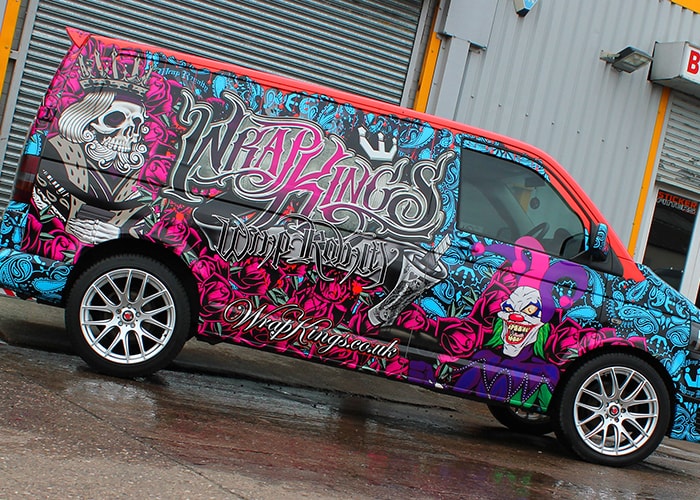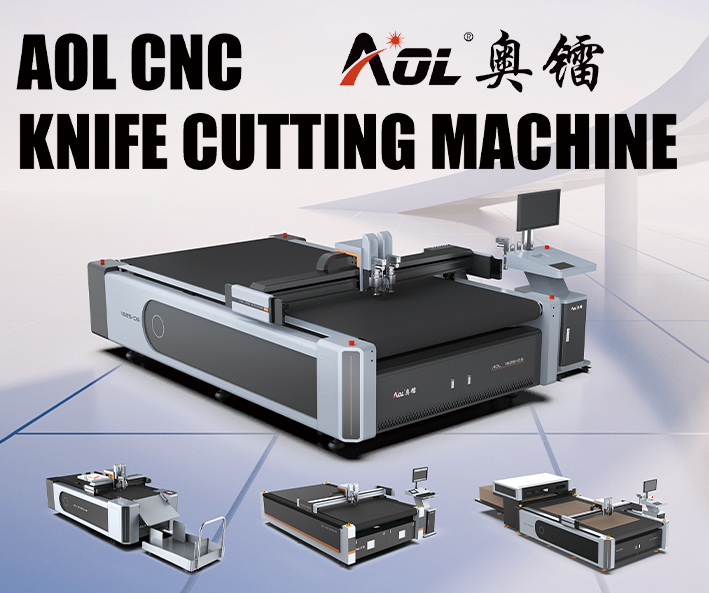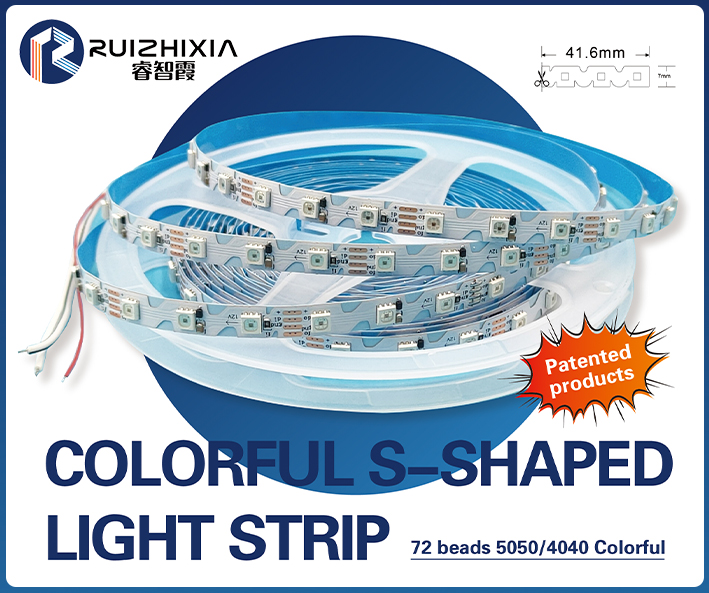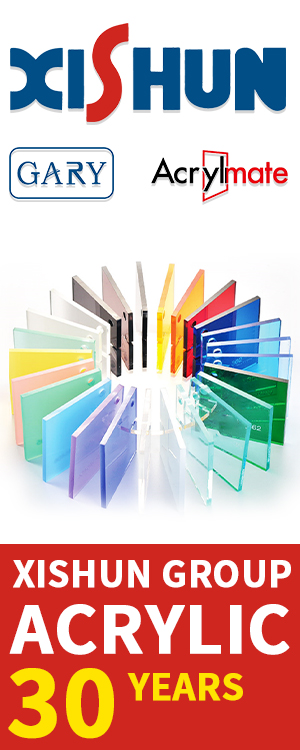
According to Chris Bradley, Marketing Manager at leading materials stockist and distributor William Smith, the most important change is the impact on the materials sector made by the huge advancements in digital printing technology, both in terms of hardware and inks. He commented: “Signmaking has taken on an entirely different form since the early 1990’s. Apart from manufacturing traditional signage involving primarily vinyl, acrylic, composite materials, aluminium and other non-ferrous metals, today’s signmaker is engaging heavily with all forms of visual communication and in particular areas such as vehicle branding, exhibition backdrops and interior décor, to name but a few of the most important.”

In terms of notable innovations, Chris considers the advances made in vehicle wrapping technology and the introduction of the Rollsroller flatbed media applicator to be among the most significant. He said: “The range of 3M inkjet-printable and solid-colour films have become industry favourites, along with alternative solutions from Arlon and VION. In particular, 3M IJ380 has assumed virtual benchmark status as arguably the ultimate vehicle wrapping solution in terms of outstanding conformability and longevity, particularly when applied to vehicles with deep corrugations or three-dimensional graphics found typically in the commercial transport sector.
With the Rollsroller, we have brought to market one of the most innovative machines for the fast and effective application of self-adhesive vinyl, cut vinyl graphics, digital prints and application tapes to many different substrates and it has provided sign and graphic producers with massive time and cost savings when compared with traditional labour-intensive application methods.”
As to the challenges now facing signmakers and the future of the sign industry, Chris concluded: “With stricter controls over health and safety issues affecting manufacturing procedures, there will need to be further advances in the development of materials that meet new international standards, in terms of safety in usage and the environment. There are also likely to be further advances in the nascent textile printing industry and the need to match these with the most appropriate materials to complement the hardware and ink technologies used by this sector.”









